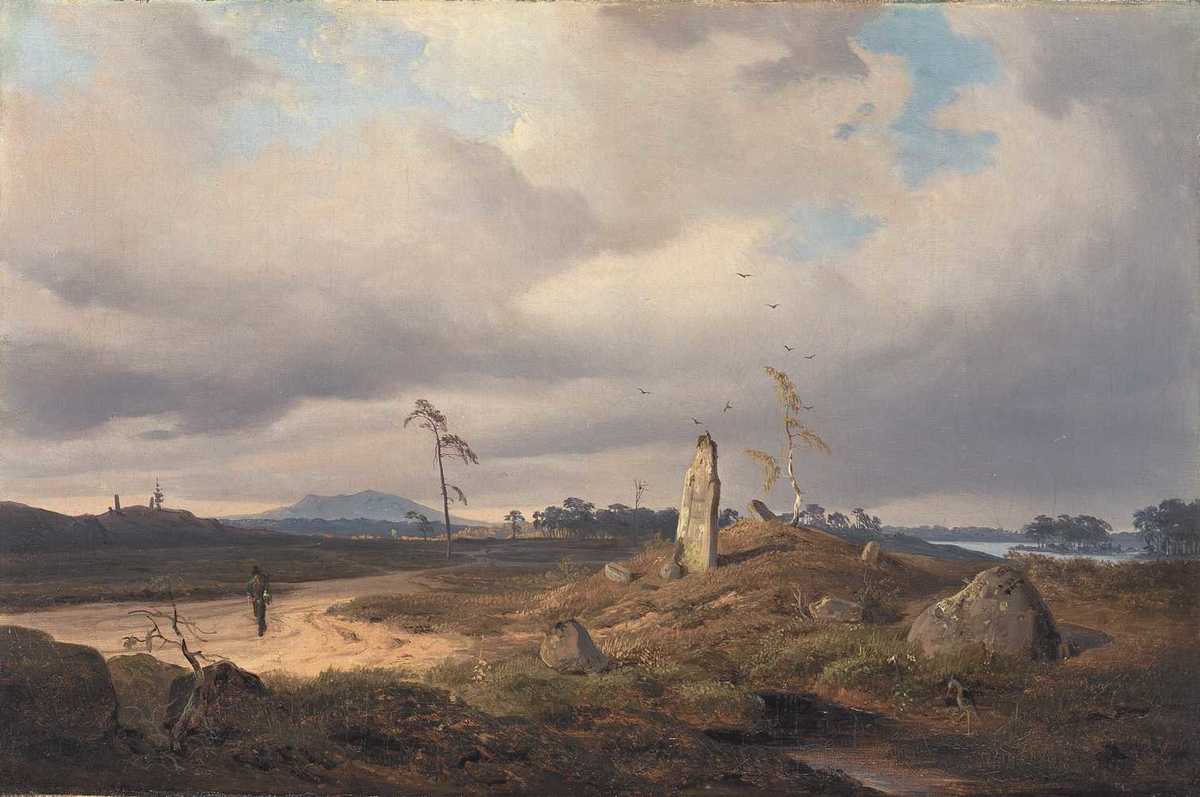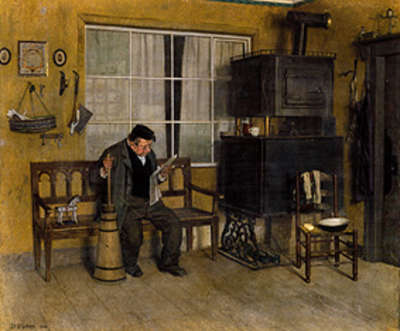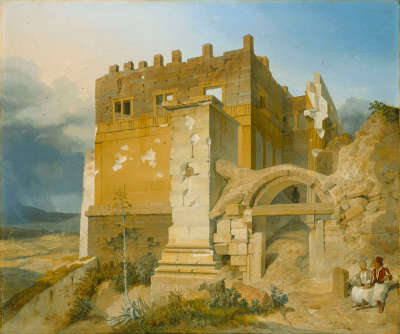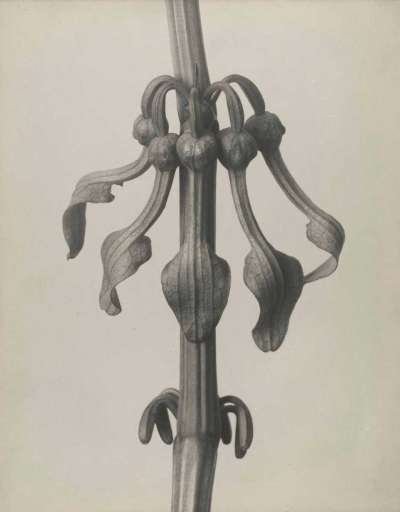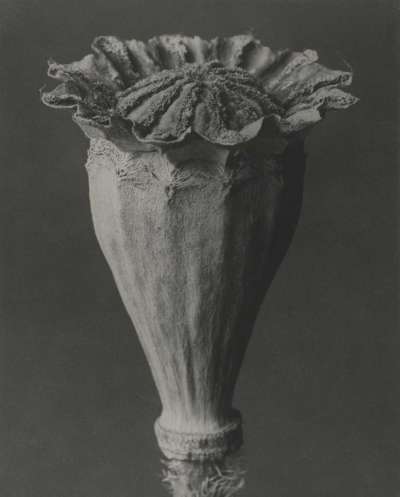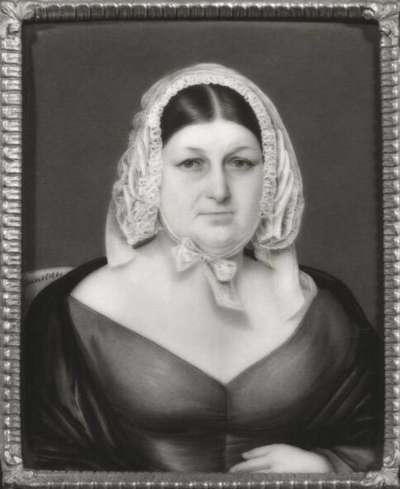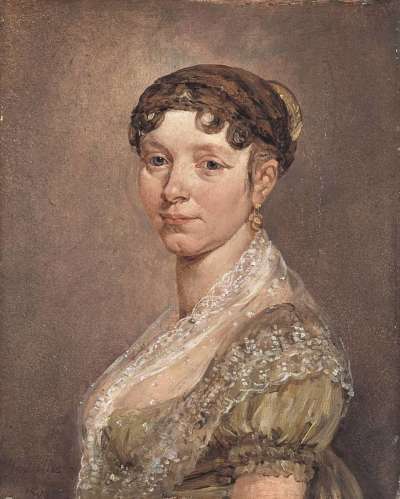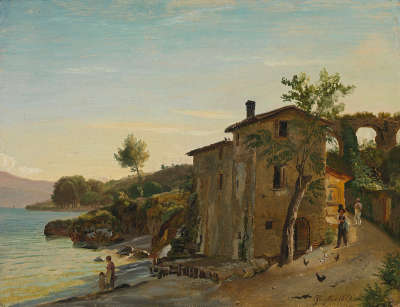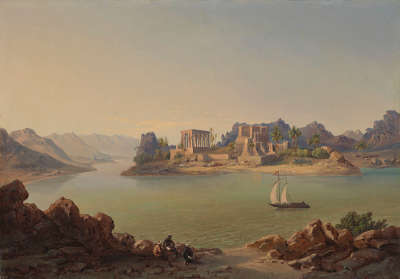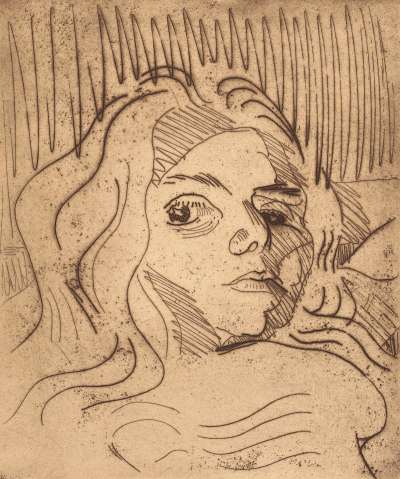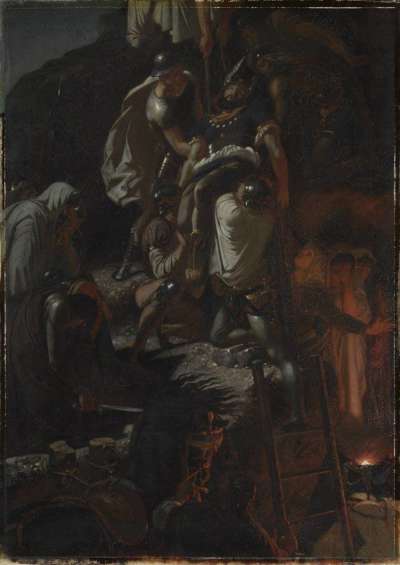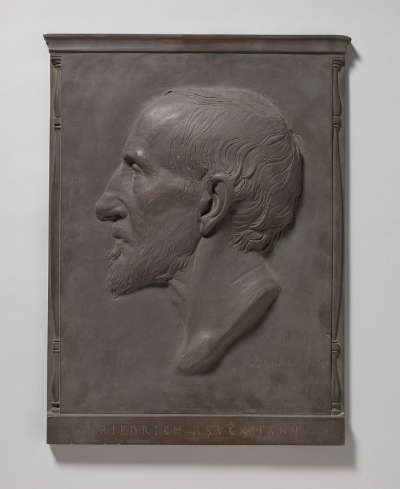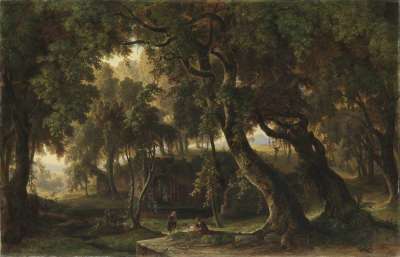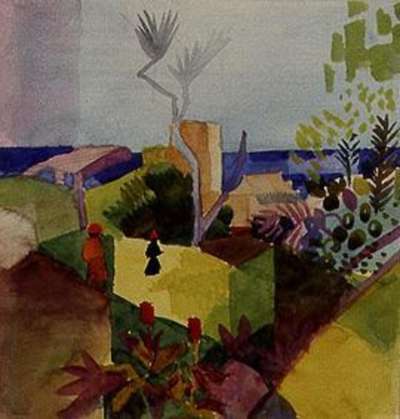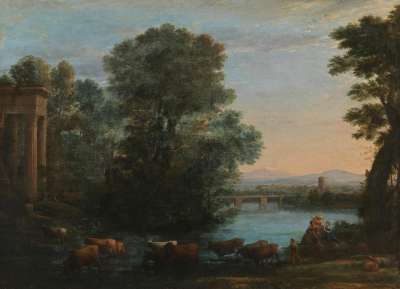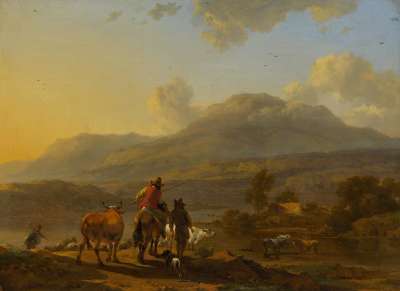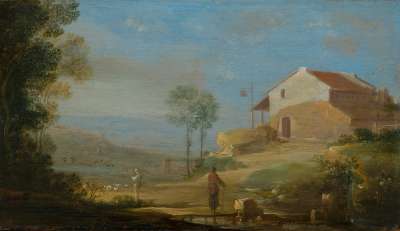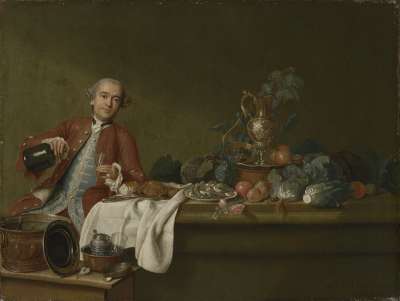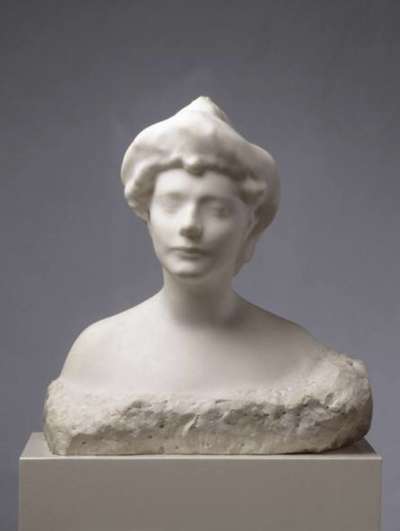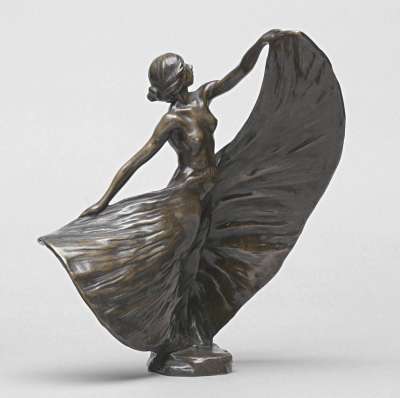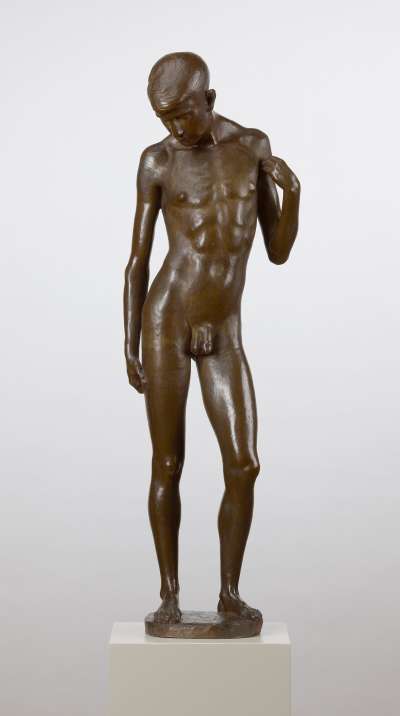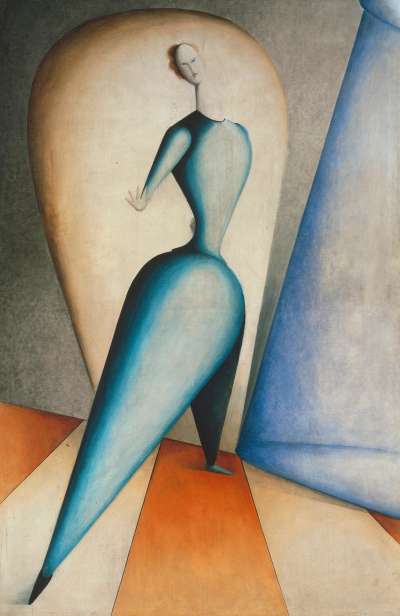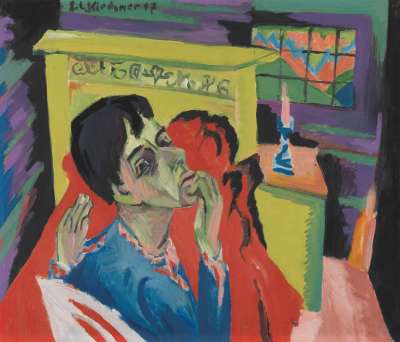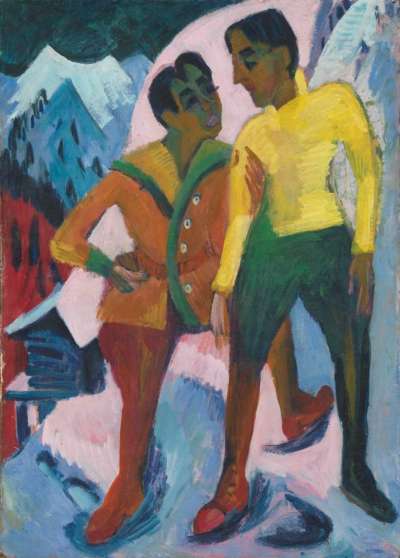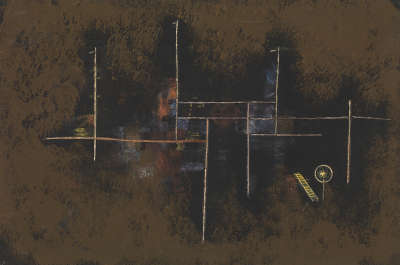Andreas Achenbach
(1815-1910)
Landschaft mit Runenstein,
1841
Material / Technology / Carrier
Öl auf Leinwand
Dimensions of the object
34,8 x 52,3 cm
Displayed
Not on display
Acquisition
1979 als Schenkung der Allianz Versicherungs-AG erworben
Stock
Bayerische Staatsgemäldesammlungen - Neue Pinakothek München
Citation
Andreas Achenbach, Landschaft mit Runenstein, 1841, Bayerische Staatsgemäldesammlungen - Neue Pinakothek München, URL: https://www.sammlung.pinakothek.de/en/artwork/8eGV5kBLWQ (Last updated on 05.02.2024)
The small painting "Landscape with Rune Stone" is part of the early romantic landscape painting tradition as practiced by Caspar David Friedrich and Carl Gustav Carus, both of who introduced medieval ruins, prehistoric remains and natural monuments as innovative painting motifs. This newly awakened historical awareness with its yearning for far-gone times replete with its secrets and enigmas, which had already found its way into the romantic tradition in literature, thus found its visual equivalent. The lonely wanderer, who also appears in Achenbach's work, is confronted with the ever-present memento of the past as symbolized here by the rune-stone; in addition he is exposed to a harsh and cold natural world. Thus the figure can be interpreted as symbolic for the meaninglessness and smallness of the individual as measured against the immense history of the world and mankind.
"Landscape with Rune Stone" is part of the early romantic pictorial tradition not only through its use of motifs, but also through the utilization of cool, even and gray-like coloration that is much in the tradition of early romantic painting. However Achendbach's landscape is somewhat rougher and less composed. The low-set horizon, which opens up two-thirds of the painting to allow for an expansive turbulent sky, harks back rather to Dutch landscape painting of the 17th century. The painting was most likely done during Achenbach's trip to Norway in 1839. Particularly the Scandinavian countries, with their lively belief in natural spirits and their rich pagan mythology, held a strong fascination for the romantic artist.
